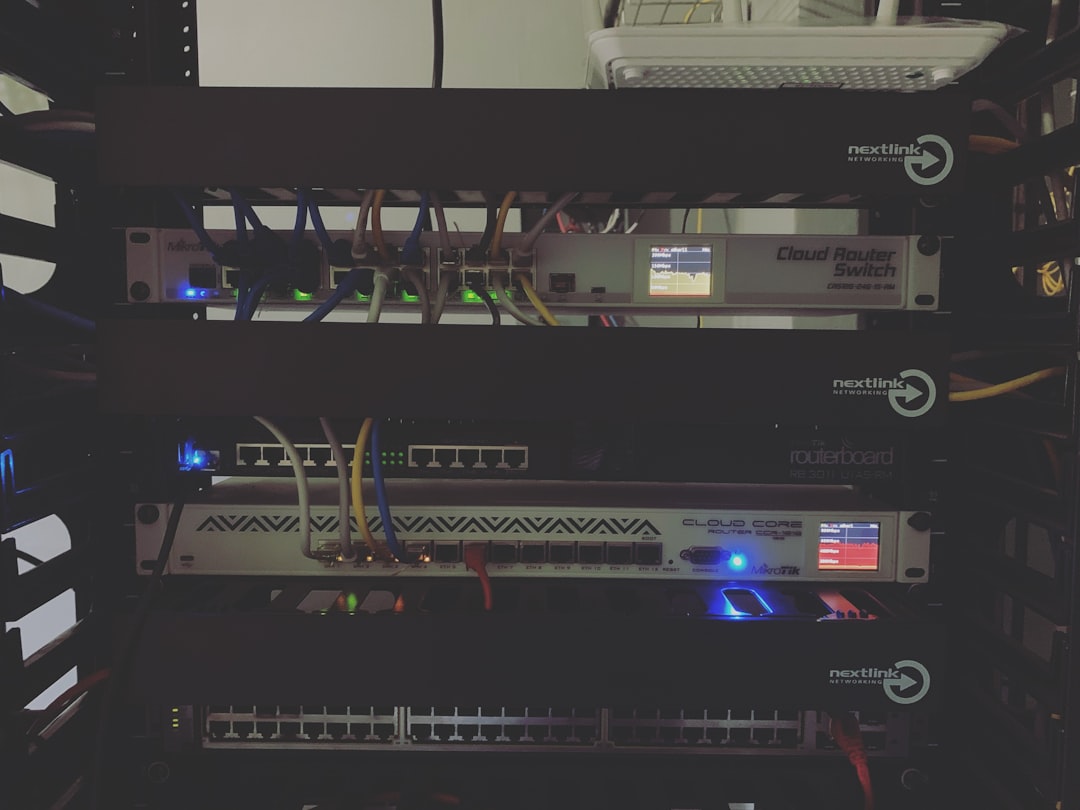Picking the right firewall is like choosing the perfect superhero. You want something reliable, fast, and ready to defend! In the world of Linux firewalls, two big names stand out: iptables and nftables. Both have served millions of users. But as we head into 2025, which one should you use?
Wait, What Is a Firewall?
Let’s make this simple. A firewall protects your computer or server from bad stuff. It sits between your device and the wild internet. It checks traffic coming in and going out. Like a security guard, it decides what should pass and what shouldn’t.
iptables and nftables are two tools that help you set the rules for that guard.
The Old Guard: iptables
iptables has been the go-to firewall tool for Linux since the early 2000s. It’s reliable, but honestly, it’s starting to feel a little old.
- Introduced in 1998
- Used by almost every Linux server at some point
- Solid track record
But iptables can be tricky. Rules are added line by line. If one rule is wrong, everything might break. Debugging is a pain. Managing lots of rules can feel like solving a puzzle with no picture.
The Young and Shiny: nftables
nftables is the newer option. Released in 2014, it’s designed to replace iptables. And the cool part? It’s built by the same people who made iptables!
- Created to be smarter and easier
- Combines features of iptables, ip6tables, arptables, and ebtables
- Uses a single, unified interface
With nftables, you get more control using fewer lines of code. Your firewall rules look cleaner and are easier to manage.

How Do They Handle Rules?
This is where nftables really shines.
iptables:
You have to write a separate rule for each condition. Want to block a port for all IPs? That’s a line. Want to log it too? Another line. Want it to work for IPv6 as well? Another rule and different command!
nftables:
It uses something called sets. You can group addresses, ports, or anything else into one set. Then write one rule to handle them all.
nft add rule inet my_table input ip saddr {10.0.0.1, 10.0.0.2} drop
See? Just one simple rule. Nice, right?
Performance
In 2025, performance matters more than ever. Your firewall needs to be fast, especially for modern apps and servers.
- iptables processes one rule at a time
- nftables uses a more efficient tree-based structure
This means nftables makes decisions faster, especially when you’re dealing with lots of rules.
Plus, performance tests show that nftables reduces CPU use compared to the older tool.
Managing Firewalls Made Easy
If you’re a beginner, you might struggle with iptables. It has a weird syntax, needs specific tools, and can be unforgiving.
nftables is simpler. It uses a consistent layout across different rules. IPv4 and IPv6? Not separate anymore! Everything’s in one place.
Logging and Debugging
Nothing is worse than setting a rule and not knowing if it works.
iptables: Logging with iptables needs extra steps. You often need to install separate logging tools or use syslog in a hacky way.
nftables: Comes with built-in logging that’s much clearer. You can even tag logs with handy names for better tracking.
nft add rule inet my_table input counter log prefix "Blocked IP: " drop
Debugging is better too. Want to test changes? You can use test rules without affecting everything else.
Compatibility in 2025
In 2025, more Linux distributions are saying goodbye to iptables. Some already use nftables by default!
- Debian? Moving to nftables
- Fedora? Already using nftables
- Ubuntu? Offering nftables as the preferred option
iptables-legacy is still around, but more systems are switching to nft.
Tools and Frontends
Many GUI tools and frontends support both firewall systems. But more are focusing on nftables now.
Tools like:
- firewalld — Works with both, but now uses nftables under the hood
- nft-gui — Newer GUIs are being built just for nftables
If you’re a DevOps person or a sysadmin, you’ll find nftables easier to script and automate.
Community and Documentation
iptables has TONS of old guides, forums, and StackOverflow answers. That’s great if you’re working with legacy systems.
nftables has a growing community. And the docs are modern, clean, and actively maintained.
Expect more resources, tutorials, and videos in 2025. nftables is the future, and the world is catching up.
But What If I Already Use iptables?
Don’t worry! You can migrate your rules. There’s a tool called iptables-translate that helps convert iptables rules to nftables syntax. It’s not perfect, but it saves time.
iptables-translate -A INPUT -s 192.168.0.1 -j DROP
Will give you:
nft add rule ip filter INPUT ip saddr 192.168.0.1 drop
That’s like magic!
So… Which One Should YOU Use?
Ask yourself this:
- Do you want to learn an older system that’s being phased out? ❌
- Or a modern, easy-to-use firewall that more systems are using by default? ✅
The choice is clear:
🔥 Go with nftables in 2025!
It’s faster, cleaner, and built for the future. It handles IPv4 and IPv6 like a champ. It makes complex rules easy. Your future self will thank you.
Final Thoughts
iptables had a great run. It’s like the wise old veteran. But in 2025, nftables is the cool, efficient defender ready to protect your servers.
Whether you’re running a home server, a big cloud deployment, or just learning Linux, nftables is worth the switch.
Start learning it now. Because the future is powered by nftables.